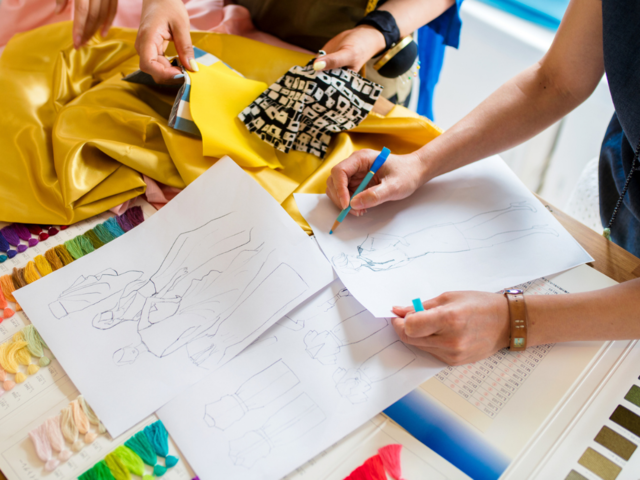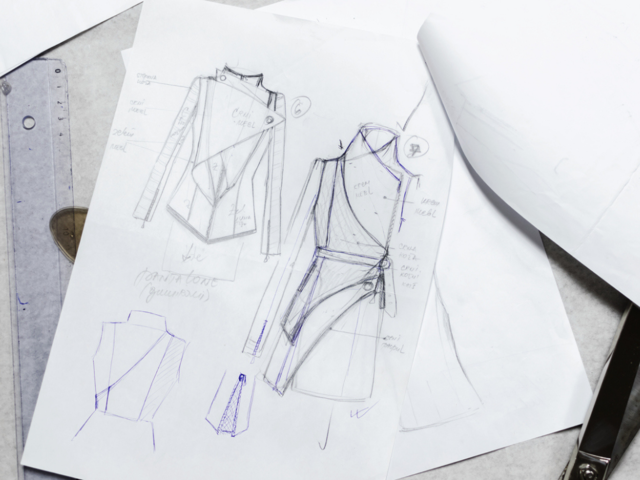Whether you are interested in pursuing a career in fashion design, want to gain further education in the fashion industry or you're already a designer who is looking to upskill to a senior role or work with new clients, you will need a portfolio that showcases your talents.
Let's start at the beginning! Here are a few secrets to designing and building your portfolio that will make you stand out from the crowd and allow your future employer or client to get to know your skills and work.

Image: iStock.
Do your homework
Get to know the exact requirements needed from the company or brand that you are applying to.
These will be strict on the entrance requirements being met from candidates - which can include previous projects designs you have developed during your fashion design course or in previous jobs. You can even include sketches and rough drawings of fashion-inspired elements. Just remember to stick to the guidelines!
Fashion companies and brands will have requirements that vary from position to position. Make sure you do adequate research and include designs that best speak to the brands you are applying for (as an example: you would not want to send a brand that specializes in footwear, designs of dresses you have done - these two do not correlate with one another).

Image: iStock.
Quality not quantity
When selecting works to add to your portfolio, keep in mind the aesthetic and point of view of your employer or client. Rather than adding everything you have ever created into your portfolio, select works that you know will speak to them. Your portfolio should only show the best of the best.
-
For a young designer: 3-5 projects should be included in your portfolio.
-
For a more experienced designer: 6-7 of your strongest projects should be included.
Make sure your portfolio is neat, A4, or letter-sized in a binder so that you can remove, add or re-order pages at any time.
TOP TIP: Start your portfolio with your strongest project and save your second strongest for last - this will make a powerful impression.
Go digital
Nowadays, having a digital version of your portfolio is very important and it needs to be user-friendly.
If you can, go one step further and create a website for yourself where anyone could get to know you and your projects even more in-depth. There are many easy-to-use website building services available online.

Image: iStock.
Portfolio perfection
Now that you are aware of the requirements, know which works you are going to include, and have created a digital masterpiece shell to fill your works with; let us get into the finer details.
Including your thought process helps immensely, and these can include:
- Mood boards, collages, style, print, and trim inspiration.
- Rough hand sketches, iterations, and design book pages.
- Fashion illustrations.
- Tech packs*, technical sketches, and closeups*.
- High-quality photos of finished garments (flat lays, mannequins, or models can be used for photos).
*Tech pack - an informative sheet that designers create to communicate with a manufacturer, it includes all the necessary components needed to construct the product.
*Closeups - "zoomed in," detailed sketches of elements that are hard to see on the tech pack (for example a closeup of a hidden zip is useful to the manufacturer as this might be something that is overlooked in the technical drawing.)

Image: iStock.
Your portfolio should be a reflection of you, it should speak to the brand or client and tell them that you understand their market, customer aesthetic and that you're the right designer for the job.
Ensuring you have researched, checked through your works, and hand-picked the best, created a digital copy, and presented your creative process, you will succeed greatly within the fashion industry!
Read more of our fashion design tips and articles.
If you are looking to gain more knowledge or wanting to upskill to further your career, we have the right course for you.
